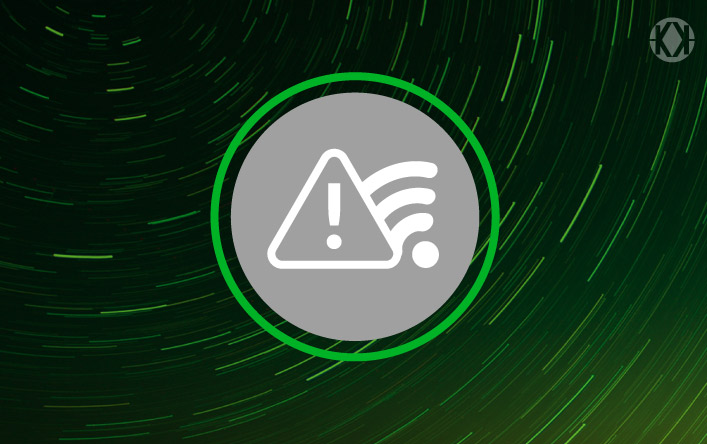Despite the futuristic approach with which it is being discussed on some hallway conversations, the fourth industrial revolution is in fact a concern for Latin American companies today. At Futurecom 2018 event, which took place in Brazil, there were discussions on how to make projects feasible and develop solutions to meet the needs of this sector.
But what is the missing piece for Industry 4.0 to take off in Latin America?
“What I’ve heard from those who are trying to develop products for this segment is that there is an issue with internal connectivity — from local cabling and internal wiring to the unavailability of servers in the cloud,” reports Sandro Kirchner, IoT Product Manager at Khomp.
According to the executive, when these companies do have a solution for storage and data processing, it is an indoor solution ( i.e., a local server). “This is the piece that requires human interaction for the collection and reading of information, or a local structure, in which information travels through cables and/or radiofrequency,” he adds.
This is a problem because of the logistics of the factory yards, which makes it difficult to organize and distribute these transmission lines. “Not to mention the need to transfer and compute data in real time, which is almost impossible in this context,” he explains.
Kirchner says that, unfortunately, there is still resistance to cloud adoption due to security concerns. “Executives in this industry don’t have a culture of storing and processing information for outsourced environments, and they fear the risk of having their machines controlled by criminals,” he says.
Lack of standards
Another obstacle to making Industry 4.0 implementation in Latin American countries feasible is a problem they share with the rest of the world: the lack of a standard language across IoT devices. This renders the feasibility of integration projects more difficult, given that you have to consider the communication protocols of each individual solution implemented on the factory yard.
“Think about laser cutting machines used in the metallurgical industry. Even when they are being used for the same function, each manufacturer has its own communication standards. So, there is a long learning curve in the process of identifying the right solution for you. It is a ‘one device at a time’ process,” he says.
What about you? What are your challenges in embracing this revolution?
If you are a system integrator, developer or representative of an industrial company interested in adopting this new technological model, please share your difficulties with us in the comments area.
Also, please subscribe to the Khomp’s Blog newsletter to receive updates on this series of articles on the fourth industrial revolution, and to stay on top of the main discussions about telecommunications and connectivity, from the perspective of a company that has the ability to make innovative projects viable as one of its differentials.
